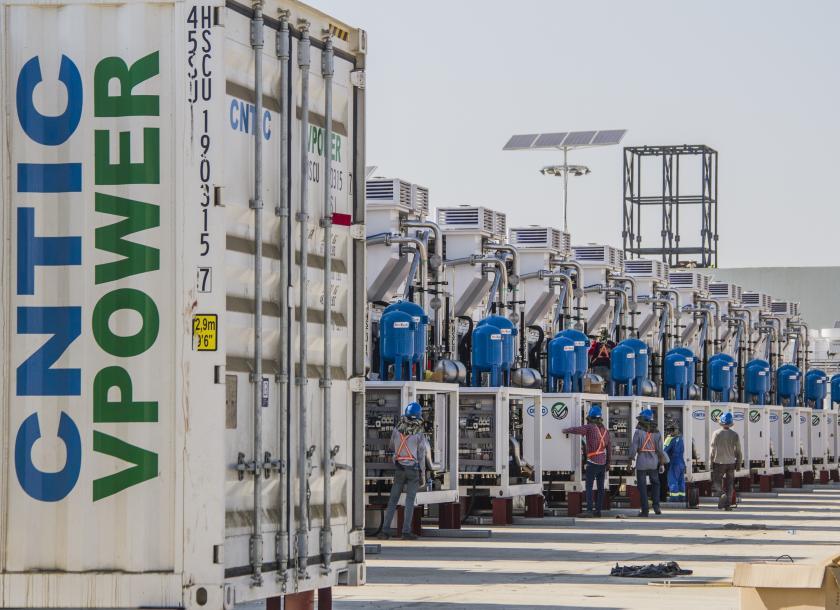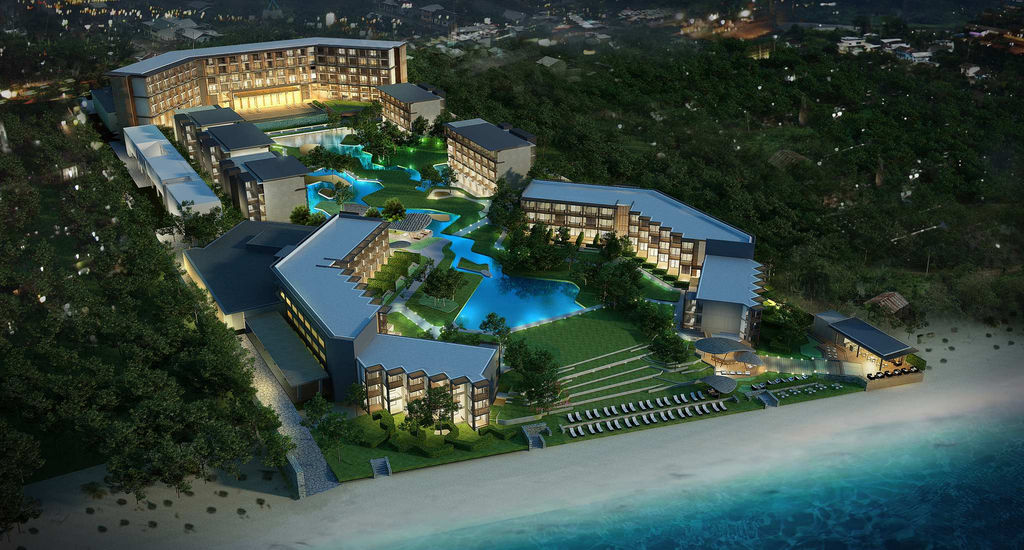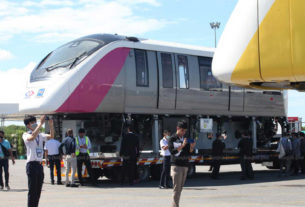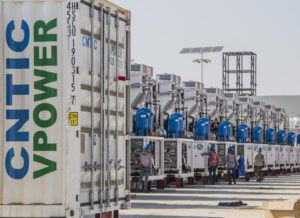
Myanmar to face power shortages as VPower-backed emergency plants miss deadlines
Driving past trucks laden with containers along the road that leads to the Thilawa Special Economic Zone (SEZ) in the outskirts of Yangon, one can easily spot from afar the company logos of the many manufacturers and utilities providers which have their factories there.
The logo of an anticipated 350MW power plant by Hong Kong-listed VPower, however, was nowhere to be seen.
Several VPower-backed power plants designed to reduce Myanmar’s power blackouts this summer have missed the government’s deadline, implying that the country is still short of 1070MW of energy than originally planned even as summer approaches. Developers attribute the delay to the disruption caused by the COVID-19 pandemic.
On April 2, The Myanmar Times travelled to the sites of three “emergency” power plants in Yangon. We visited two LNG power projects in Thanlyin and Thaketa township, led by a consortium involving VPower and China National Technical Import and Export Corp (CNTIC), and a gas plant in Ahlone township led by Energy China (CEEC).
Though VPower’s 350MW LNG power plant at Thilawa’s plot 14 in Thanlyin was gated with security, it was obvious that it was a long way from being complete, with construction materials scattered around the site and scaffoldings surrounding a steel structure that appears to be the regasification facility.
The progress of the 400MW plant in Thaketa seemed to be the most advanced among the three sites visited. While workers appeared to be conducting testing on individual generators, some orange gas pipelines awaited to be connected. The on-site manager who declined to be named said the soonest the plant could start running would be at least a month later.
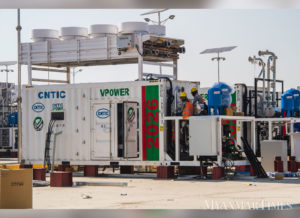
CEEC’s 150MW plant, right next to Toyo Thai Power Myanmar’s 120MW gas plant in Ahlone, is nowhere near completion. Duan Muyu, director of Myanmar CIC Information Technology Co, a subsidiary of China ITS that is part of CEEC’s consortium, told this newspaper that the team is rushing to finish the construction but declined to be interviewed.
The three emergency projects are among a total of five power projects tendered by the Ministry of Electricity and Energy last year. The other two are located in Magway’s Kyun Chaung and Rakhine’s Kyaukphyu and were both won by VPower’s consortium. The five power plants, which were hurriedly approved by Daw Aung San Suu Kyi’s government last year, are supposed to generate 1070MW of additional power to meet Yangon’s power demands this summer.
But none appeared ready for operations.
The implementation deadline set out by the tender document is April 3 for VPower’s projects, and March 31 for the Ahlone plant. But, according to on-site staff, the soonest any of the three plants can commence operations is early May.
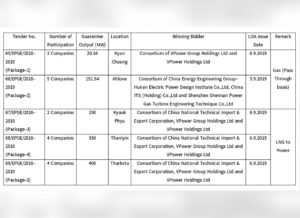
A VPower spokesperson said this is because the COVID-19 outbreak is delaying the supply of construction materials for the power plants.
The spokesperson added that all four VPower projects are “making good progress” despite the disruptions and that the power plants are expected to be complete in time for summer.
But time is running out. Parts of Yangon are already beginning to experience blackouts. The country’s energy shortfall was estimated to be 600MW during 2019’s dry season and demand is increasing by up to 17 percent per year, according to the government’s estimate.
And that’s before accounting for higher household demand for energy given that the pandemic is forcing thousands of employees to work from home. At the same time though, many factories have halted operations due to supply chain disruptions and order cancellations, which could partially offset the surge in consumption.
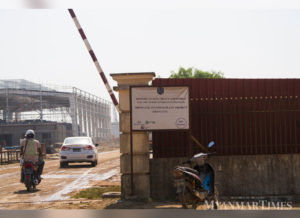
Whatever the case, the emergency projects were expected to be the government’s solution to Myanmar’s crippling power shortages after it failed to raise the power generation capacity to meet rising demand in the last four years.
With the 2020 general elections drawing near, the government must deliver on its promise to solve the power shortage problem, especially after raising electricity tariffs by two to three times the original rate last year.
Yet, the government to date has not signed any Power Purchase Agreements (PPAs) for the five emergency schemes, despite the tender document indicating that the PPA deadline would be February 3, which is within 150-days after a letter of acceptance was issued.
“The consortium has been informed by EPGE [Electric Power Generation Enterprise] that the PPAs are being circulated within the government and are expected to be signed in May 2020,” VPower’s spokesperson commented, adding that the penalties for missing the implementation deadline would be settled according to the PPAs.
Why hasn’t Daw Aung San Suu Kyi’s government signed PPAs for any major power projects in the past four years? Sembcorp’s Myingyan plant, which went into operation last March, was finalised by her predecessor U Thein Sein.
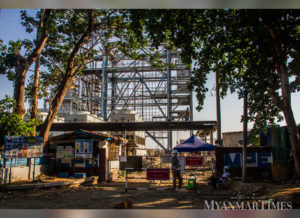
Katie Patterson, energy editor of Frontier Myanmar Research, said this is owing to the absence of political will in Nay Pyi Taw to commit to spending on power proposals and its lack of capacity to negotiate with private investors over the terms. To be sure, many projects that received initial approval were constantly delayed during PPA negotiations.
The other reason is lack of familiarity with the nature of the projects. For large power projects involving LNG, wind or solar that Myanmar has never implemented, “agreements need to be created from scratch, and more time needs to be devoted to educating decision-makers,” Ms Patterson said.
In fact, the delay was long foreseen by industry experts and consultants, who have called it “an impossible tender”. Indeed, the terms set out in the tender document are unconventionally strict. The deadline for implementation is 210 days, around seven months, after the letter of acceptance is issued and a penalty of K300 million is imposed for every day after the deadline. The letters for these projects were issued last September.
“The main issue with the emergency power projects is that they are a very costly temporary solution,” said Ms Patterson.
Continually relying on temporary power barges and plants comes at a high price and environmental damage, and cannot achieve power stability in the long-term, she added.
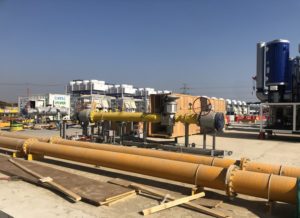
U Lin Tun, managing director of local energy firm Quasar Resources, believes that many officials in the energy ministry see LNG only as a temporary solution for the next five to 10 years.
Neither the ministry nor VPower has any experience in LNG power plants, he highlighted.
The current government still sets its sights on hydropower and coal with the energy master plan targetting a mix of 57pc hydropower, 30pc coal, 8pc natural gas and 5pc solar and wind by 2030.
However, hydro and coal plants have “very long lead time for development given the environment and social impacts, cost of projects, and lumpy nature of investment,” said U Lin Tun.
As the country braces for the COVID-19 economic fallout, blackouts could add to the disruption by affecting those who are now working remotely and all depends on how soon the emergency plants could go into operation.
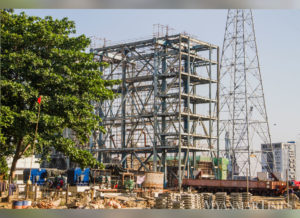
“This [delay] has huge implications to the development and stability of the country and political implications for the NLD,” U Lin Tun warned.
“It may be wise to bring in third parties to assess each of the projects in light of these delays. The NLD government needs to have a non-biased picture of the state of these projects so it can make wise decisions.”
Source: https://www.mmtimes.com/news/myanmar-face-power-shortages-emergency-plants-miss-deadlines.html
